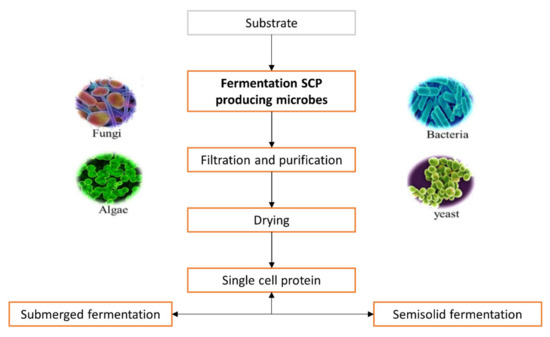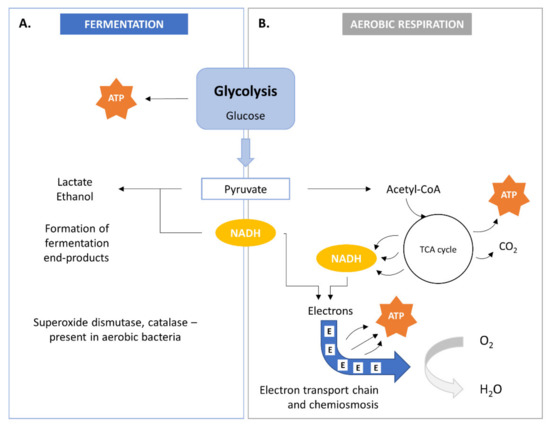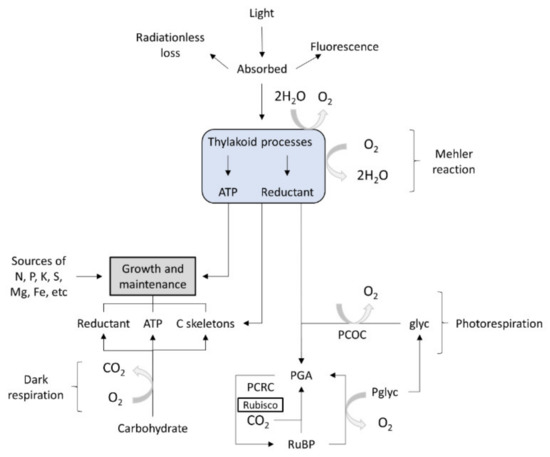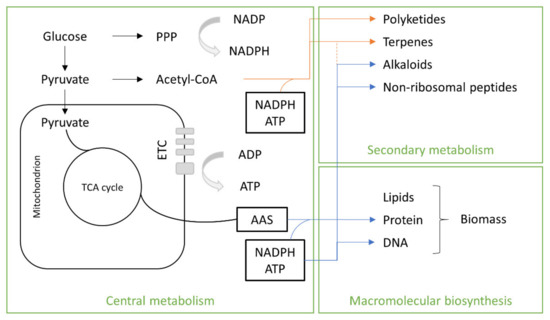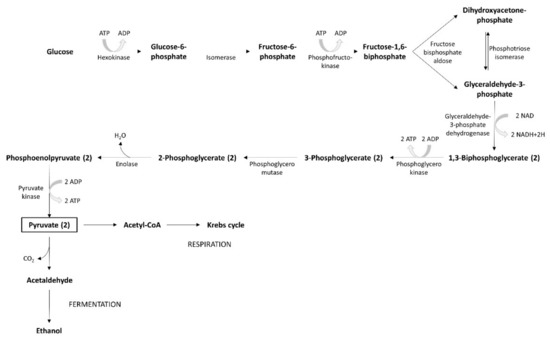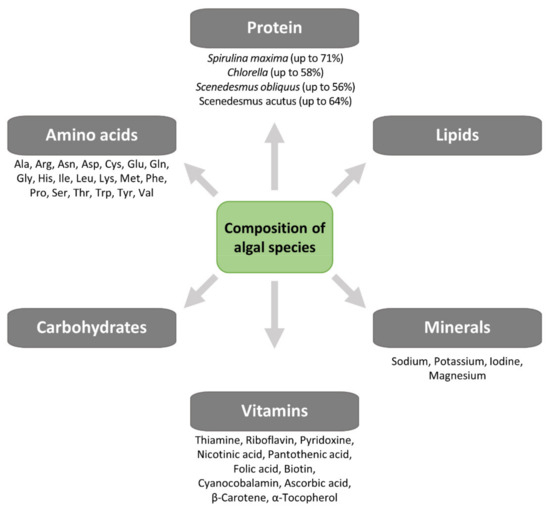6. Nutritional Benefits of SCP
Wu et al. (2014) indicated that the worldwide human protein diet is 65% plant based and 35% animal based
[35]. The average meat intake per capital is projected to rise by 29%, from 40.0 kg in 2013 to 51.5 kg in 2050. Global meat production is therefore expected to increase from 288 million tons in 2013 to 494 million tons by 2050. According to previous research, SCP could be a valuable solution for suppling the global demand of protein, due to its low cost of production, easy process and nutritional quality
[8][11][36][37].
As previously stated, the primary goal of SCP production is to use it as a protein (meat) substitute to address food scarcity and hunger in the near future. SCP must meet nutritional requirements to be consumed as human food or animal feed, such as the required protein content, amino acid composition of the protein being generated and digestibility of that protein. According to the researchers, SCP must be produced to the highest standards to be safe and beneficial for food and feed
[38].
Finnigan et al. (2017) defined some of the macro and micronutrients provided by SCP as follows: proteins, lipids, carbohydrates, β-carotene, vitamin A precursor, biotin, folic acid, niacin, pantothenic acid, pyridoxine, riboflavin, thiamine, vitamin B12 (cyanocobalamin), vitamin C and vitamin E
[39].
Beside its protein content, the nutritional value of SCP depends on its chemical composition (amino acids, nucleic acids minerals, enzymes and vitamins) but it is relatively cheap compared to other plant and animal sources
[40]. It was reported that dried cells of
Pseudomonas spp. grown on petroleum-based liquid paraffin contain as much as 69% protein. SCP obtained by algae processing is about 40%. Though proteins obtained from microbes contain all essential amino acids, their composition depends on the type of substrate used (carbon or nitrogen) and the type of microorganism grown on a specific medium
[41]. Microorganisms like bacteria and yeast have a very short multiplication time as they double their population in just 5–15 min, while algae and mold species double themselves in 2–4 h. The amino acid profile of SCP from bacteria shows a close resemblance to fish protein and protein from yeast resembles soya protein
[42]. In addition, SCP is reported to be deficient in sulfur-containing amino acids such as methionine and cysteine, whereas high levels of lysine and other amino acids have been observed. Supplementation of methionine and cysteine is required for the use of SCP as a feed ingredient. Microorganisms normally contain vitamin B12 in significant quantities. Bacteria and algae are reported with high vitamin B12 and vitamin A content, respectively
[43]. Most common vitamins present in SCP are riboflavin, thiamine, pyridoxine, niacin choline, folic acid, pantothenic acid, biotin,
para-amino benzoic acid, inositol and B12
[43]. Most microorganisms have very fast growth rate that yields a high amount of biomass (algae: 3–6 h, bacteria: 30 min to 2 h, yeast: 40 min to 3 h)
[36]. These microorganisms can be used as a whole in contrast to most crop and animal protein sources which cannot be used entirely
[44]. SCP produced from different microbes has high protein content (30–70%) as compared to different green plants and animal sources
[45]. Moreover, these proteins have an excellent amino acid profile that makes them nutritionally more useful than conventional protein sources
[46]. Nevertheless, scientists can add more valuable amino acids to proteins through genetic engineering, obtaining SCP with the desired composition. Some microorganisms during the course of SCP production produce significant amounts of vitamins which cannot be produced by the host individual in appropriate amounts. Production of SCP also requires low water content as compared to plant sources
[47]. Unlike plant protein sources, SCP is independent of environmental and climatic variation and can be produced throughout the year as microbes are available round the clock. The shelf life of protein preparation is dependent on the nature of the protein and the storage conditions used, and can vary from a few days to more than a year. Optimal conditions for storage are distinctive to each protein.
Nutritive and food values of SCP vary with the microorganisms used. The microorganisms used for SCP production must be non-pathogenic, toxin-free, easy to handle and separate from the substrate and should also tolerate the scaling-up of the process. Fast-growing microorganisms are required for getting massive output (biomass weight produced per unit time). However, high output produces more quantities of RNA in the cell, and this is not desirable as it acts as anti-nutritional factor in the final product. The method of harvesting, drying and processing affects the nutritive value of the finished product
[48][49][50][51][52]. The idea that SCP could help to overcome food shortages in developing countries has garnered interest among scientists and industry. For future success of SCP, food technology problems must be solved to make these foods familiar, while the production should compare favorably with other protein sources.
The raw materials for SCP production based on waste substances are cheap, readily available and their processing contributes to reducing environmental pollution. The origin of the feedstock must be carefully selected. Various types of raw materials are attractive sources for SCP production from a cost and sustainability perspective but may raise safety concerns. In addition to the safety requirements, the use of other unconventional waste-derived protein sources in human nutrition requires efforts to improve public perception and acceptance and increase consumer awareness of the benefits of SCP consumption in human diets.
Yeast SCPs have been used in aquaculture diets as partial replacement for fishmeal, thanks to their excellent nutrient profiles and cost-effective large-scale production
[52][53], and have also been applied for the highly unsaturated fatty acid fortification of
Artemia and rotofiers
[51]. Some yeast strains with probiotic properties, such as
Saccharomyces cerevisiae [54] and
Debaryomyces hansenii [55], increased larval survival by early maturation of the pancreas and intestine
[55]. However, many of these yeast SCPs are deficient in sulfated amino acids, e.g., methionine
[54], thus, cannot be used as sole protein sources. Micro-algal SCP may be used for both animal and human consumption, and their nutritional value is similar to, and sometimes higher than, values reported for conventional food/feed supplements. Besides their high protein content, they are a source of nucleic acids (up to 6%), minerals (sodium, magnesium, potassium, iodine) and vitamins (A, B group, D, C and E) and essential amino acids (leucine, valine, lysine, phenylalanine)
[56] (
Figure 6). Compared to many vegetable foods, micro-algae SCP contains higher amounts of vitamins such as riboflavin, thiamine, folic acid or pro-vitamins as carotene
[57]. Micro-algae, as
Spirulina and
Chlorella, are sources of vitamin B12 (cyanocobalamin), which otherwise has animals as almost exclusive source
[57]. Algal SCP has a nutritional value like other SCP sources. The crude protein content (N 6.25) varies between 45 and 73%, while the lipid content is 2–20% and is rich in essential fatty acids, and the mineral content is 5–10%. The protein content of algae is higher than the value for soybean (70% and 40%, respectively), and its amino acid profile shows an adequate balance except, as for any other microbial biomass, for the sulfur-containing amino acids methionine and cysteine
[36][57]. Algal SCP is a good source of vitamins A, B group, D, C and E; the content of some vitamins such as thiamine, riboflavin, folic acid and carotene is higher in algae than in many vegetable foodstuffs. Some microalgae, such as
Chlorella and
Spirulina, contain vitamin B12 (cyanocobalamin), which is found almost exclusively in animal origin foods. The content of nutrients, however, is highly dependent on cultivation and processing conditions
[57]. In addition, the search for new insects as a source of protein and the related technology for processing requires further research.
Figure 6. Composition of algal species.

